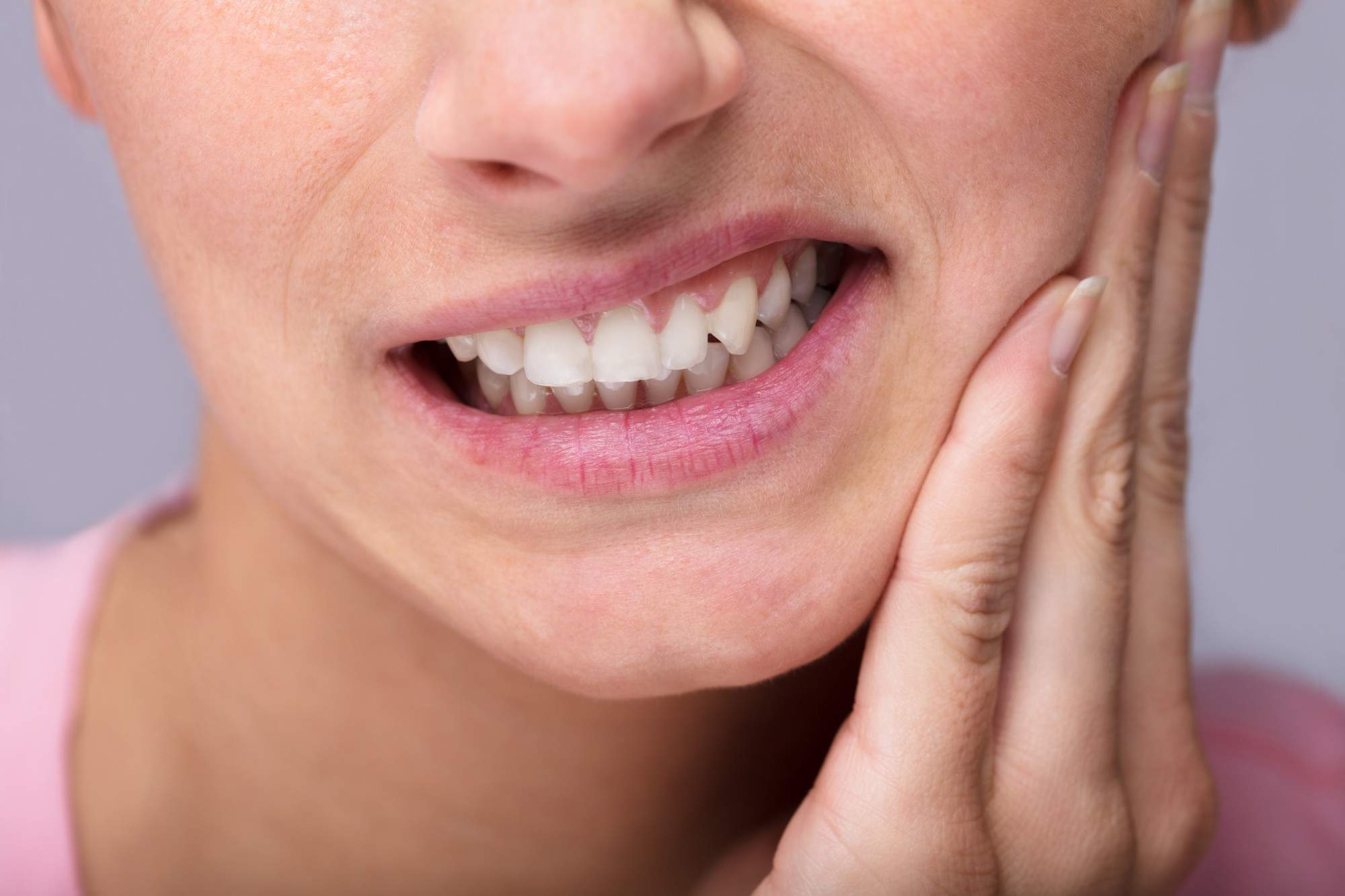
What Are Third Molars?
We sigh relief when our kids lose their primary (or baby) teeth. The finish line is finally in sight, right?
Well… no.
Third molars, otherwise known as wisdom teeth, are supposed to appear in most individuals between the ages of 17 and 25. It can be quite a complicated ordeal, sometimes involving painful tooth extraction.
Learning about third molars can make you more knowledgeable about your and your kid’s oral health. Knowing what they are and what they’re used for may also help lessen any anxieties your children may have when they come in or if they’ll come in.
Here’s an in-depth look at third molars and all there is to know.
The Anatomy of Third Molars
The anatomy of third molars can vary greatly, depending on the individual. However, specific characteristics are relatively common among all third molars.
Where These Molars are Located
They are the last teeth to erupt in the mouth, and they are the ones most likely to be impacted. They are located in the very back of the mouth, behind the second molars.
Because they are the last teeth to come in, there is often not enough room for them to come in correctly. This can cause them to come in at an angle or get stuck underneath the gum tissue.
Third molars typically have a large root system and a lot of surface area. Consequently, they can be challenging to clean and are often subject to cavities and other problems. The first signs of wisdom teeth are often very subtle.
Signs of the Eruption of Third Molars
Many people do not even realize that they have wisdom teeth until they start to cause problems. However, some common early signs of wisdom teeth include discomfort or pain in the back of the mouth, jaw pain, or headaches.
Additionally, the gums in the back of the mouth may swell or bleed. If you experience any of these symptoms, you must see a dentist and have your wisdom teeth evaluated.
The Purpose of Third Molars
It is believed that you once needed wisdom teeth for human survival. The extra molars helped people chew tough or fibrous foods that were difficult to digest. Over time, the human diet changed, and wisdom teeth became unnecessary.
While the purpose of third molars, or wisdom teeth, is debated, it is generally accepted that they are vestigial organs. The purpose of third molars is to provide grinding power for the back teeth.
Problems with Third Molars
Wisdom teeth can cause problems if they don’t have enough room to come in or be crooked. Many conditions can affect wisdom teeth, including gum disease and decay.
Gum Disease
Gum disease is a condition that affects the gums and the bone that support the teeth. Gum disease can cause bleeding gums, pain, and swelling. If left untreated, it can lead to tooth loss.
While wisdom teeth are not directly affected by gum disease, they can be indirectly affected. If gum disease progresses and causes the loss of other teeth, the wisdom teeth may become overcrowded. If the gum disease is severe enough, it can destroy the bone that supports the teeth, leading to the loss of wisdom teeth.
Decay
A few conditions could affect wisdom teeth, one being decay. Getting rid of teeth as soon as possible is essential when teeth decay. The longer it stays, the worse it can get.
If the decay spreads, it can cause an abscess. An abscess is a pus-filled pocket that forms around the tooth. You’ll need to see a dentist immediately if you have an abscess.
Treatment of Third Molars
Wisdom tooth removal is a common procedure. The removal process is usually straightforward and can be performed in the dentist’s or oral surgeon’s office. Local anesthesia is used to numb the area, and sedation may be used if you’re anxious or have a low pain threshold.
After the teeth are removed, you may have some swelling and soreness for a few days. You’ll need to take it easy and eat soft foods for a few days. Your dentist will give you specific instructions on how to care for your mouth after the
Prevention of Third Molars
You can care for your wisdom teeth by practicing good oral hygiene. You should also visit your family dentist regularly.
Brushing Your Teeth
It is essential to brush your teeth at least twice a day. Wisdom teeth can be challenging to care for, and it is necessary to brush them properly.
Use a toothbrush with soft bristles and fluoride toothpaste. Be sure to brush all sides of the tooth.
Flossing Your Teeth
It’s important to floss around your wisdom teeth, just like the rest of your teeth. Gently insert the floss between your tooth and gum line. Use a back-and-forth motion to clean the sides of your tooth.
Be careful not to harm your gums. You can also use an interdental brush to floss around your wisdom teeth.
Using Mouthwash
It is essential to care for your wisdom teeth by using mouthwash. Mouthwash can help reduce the risk of infection and help keep your teeth and gums healthy.
Be sure to follow the instructions on the mouthwash label. Rinse your mouth with mouthwash for 30 seconds and spit it out. You can use mouthwash before or after brushing your teeth.
Avoid Foods That Are High in Sugar and Acidic
One of the best things you can do when caring for your wisdom teeth is to avoid foods high in sugar and acid. These foods can aggravate the already sensitive area around your wisdom teeth and cause further pain and inflammation.
Instead, focus on eating softer foods that are easier to chew. Avoid sugary and acidic beverages such as soda and juice.
Care For Your Third Molars
The third molars, also called wisdom teeth, are the last teeth to develop. They usually appear in early twenties. Impacted wisdom teeth can cause pain, crowding, and damage to other teeth.
They can be left alone if they are not causing pain or crowding other teeth. However, if they are causing pain, it’s essential to see a dentist or oral surgeon to have them evaluated. They may need to be removed to relieve your pain and prevent future problems.
For more health and lifestyle content, check out the rest of our website before you go!















